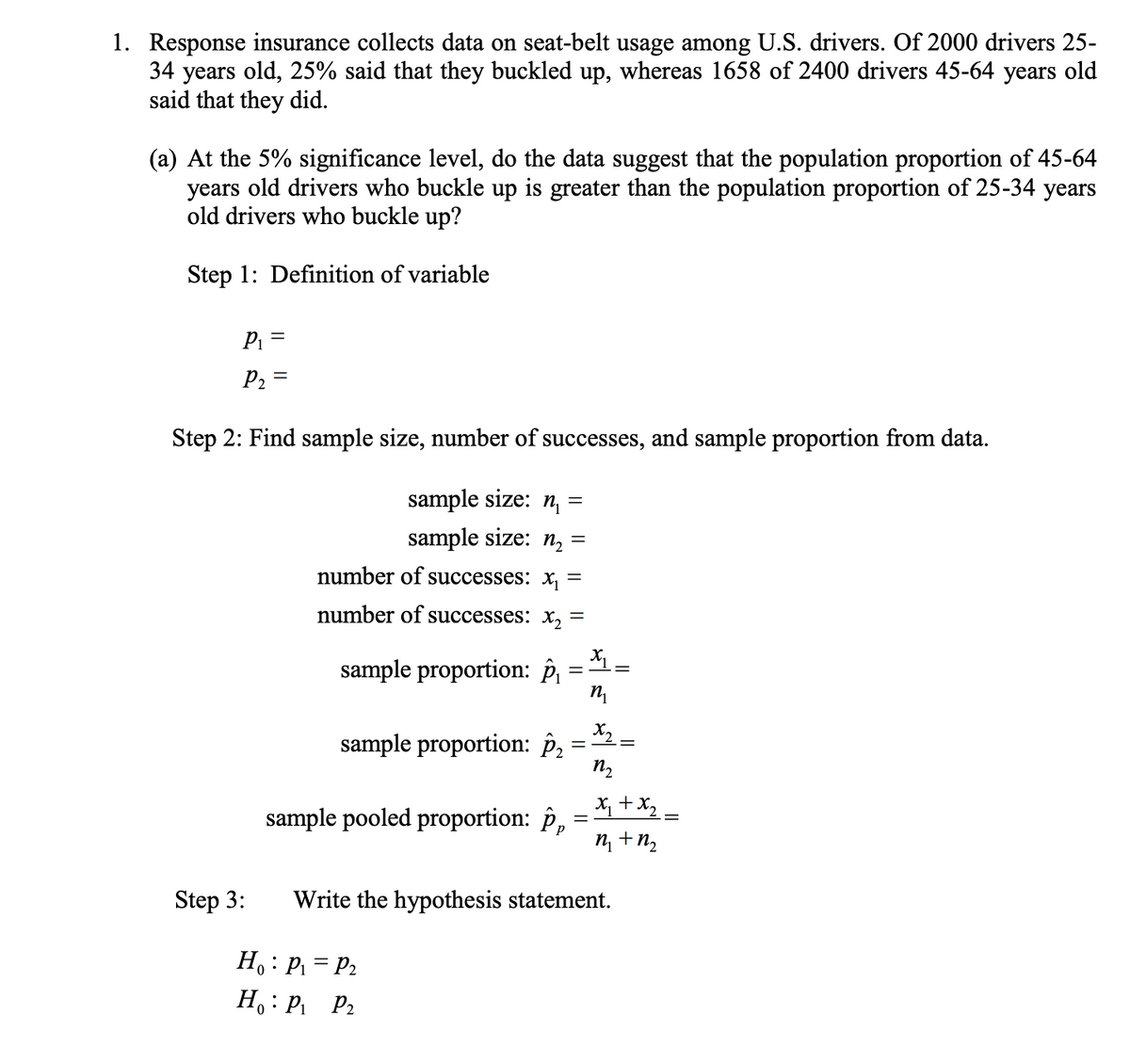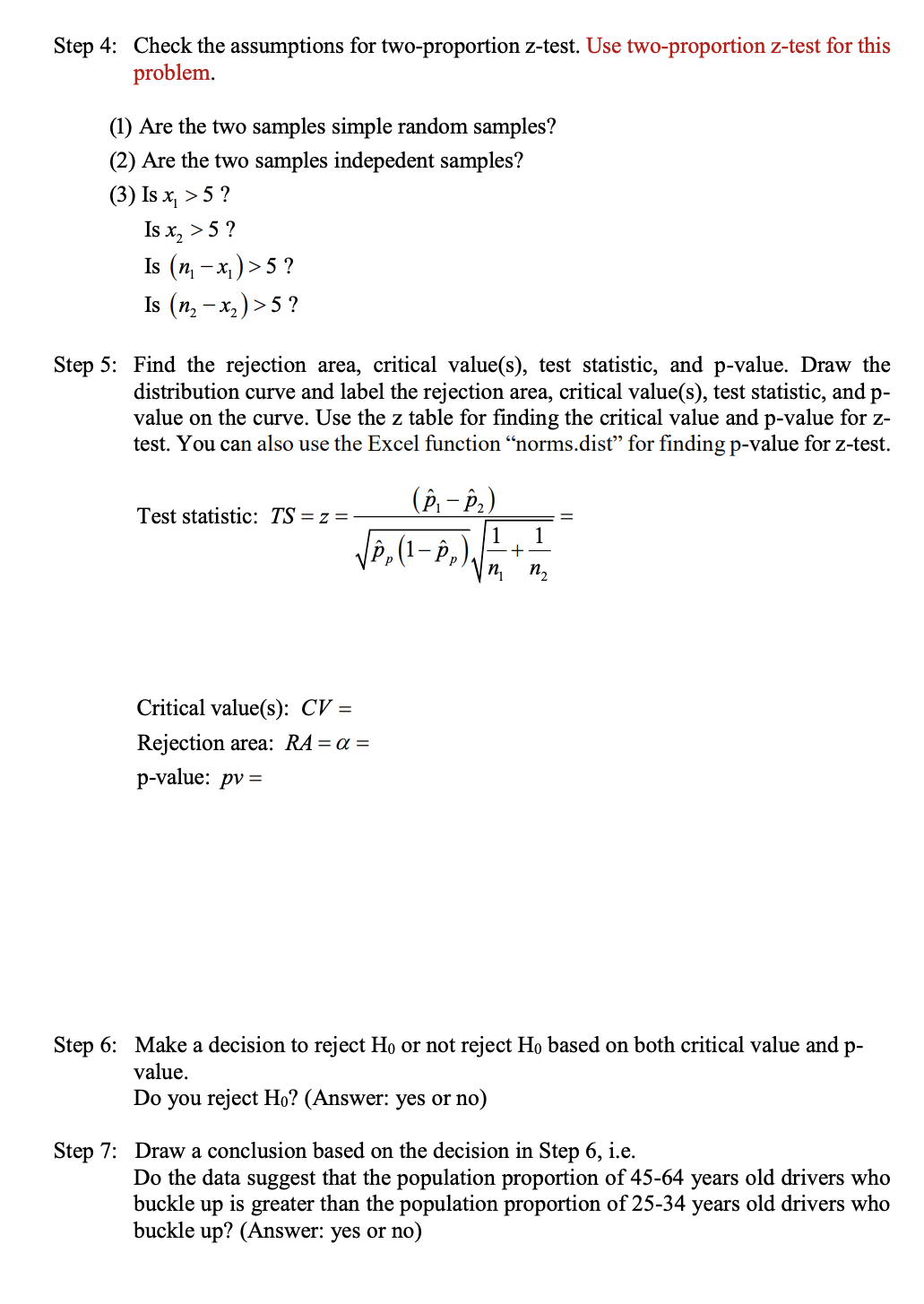1. Response insurance collects data on seat-belt usage among U.S. drivers. Of 2 34 years old, 25% said that they buckled up, whereas 1658 of 2400 drivers said that they did. (a) At the 5% significance level, do the data suggest that the population prop years old drivers who buckle up is greater than the population proportion old drivers who buckle up? Step 1: Definition of variable Pi = P2 = Step 2: Find sample size, number of successes, and sample proportion from sample size: n = %3D sample size: n, = %3D number of successes: x, = %3D number of successes: x, = %3D sample proportion: p, == %3D !! X2 sample proportion: ê2 !! X, +x2 sample pooled proportion: ê, %3D п +п, ||
Inverse Normal Distribution
The method used for finding the corresponding z-critical value in a normal distribution using the known probability is said to be an inverse normal distribution. The inverse normal distribution is a continuous probability distribution with a family of two parameters.
Mean, Median, Mode
It is a descriptive summary of a data set. It can be defined by using some of the measures. The central tendencies do not provide information regarding individual data from the dataset. However, they give a summary of the data set. The central tendency or measure of central tendency is a central or typical value for a probability distribution.
Z-Scores
A z-score is a unit of measurement used in statistics to describe the position of a raw score in terms of its distance from the mean, measured with reference to standard deviation from the mean. Z-scores are useful in statistics because they allow comparison between two scores that belong to different normal distributions.


Trending now
This is a popular solution!
Step by step
Solved in 5 steps with 5 images






